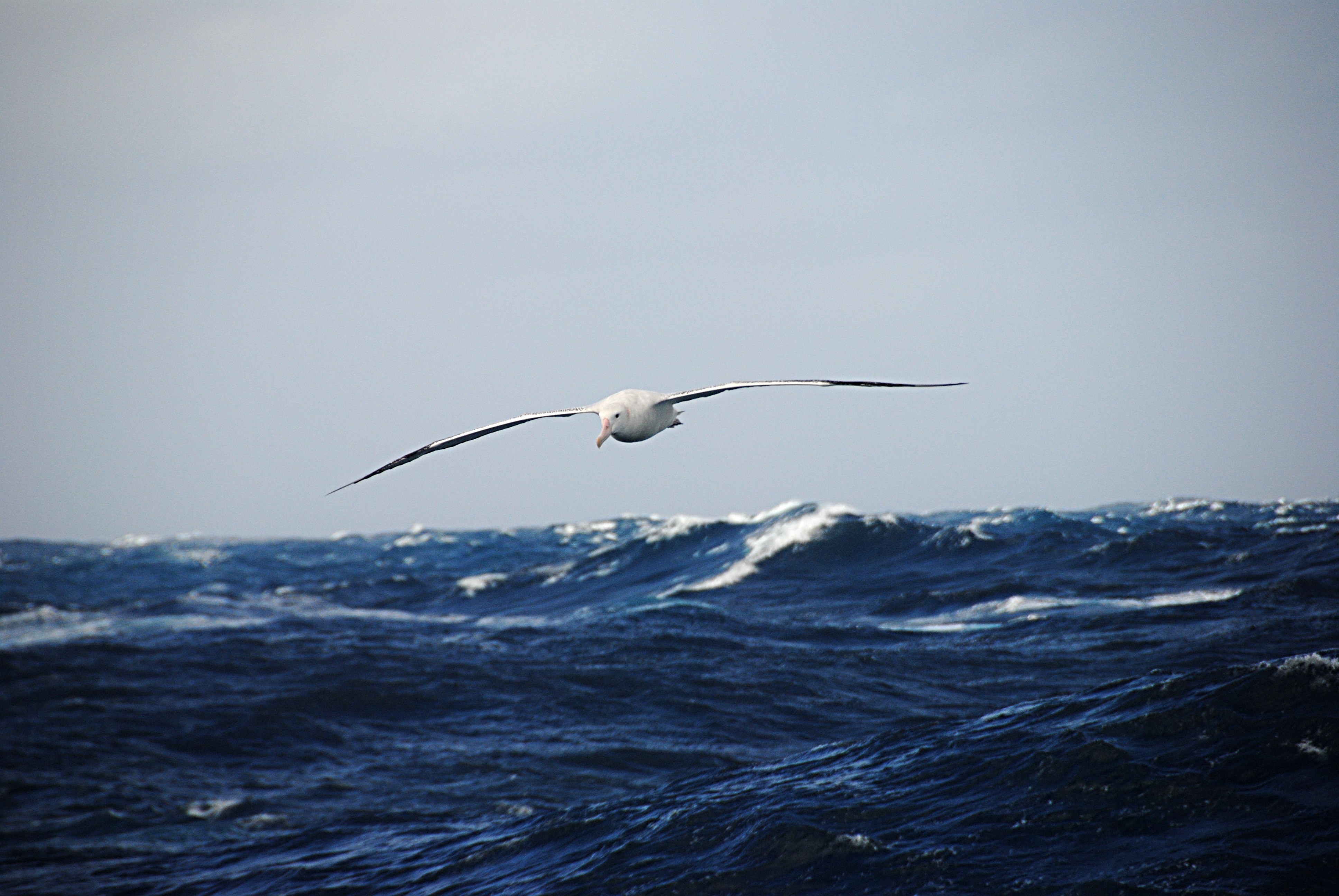Highly pathogenic avian flu is suspected to have reached Marion Island, South Africa’s sub-Antarctic territory in the southern Indian Ocean which supports about half the world’s breeding wandering albatrosses.
According to a statement from South Africa’s Department of Forestry, Fisheries and the Environment, the H5N1 virus “is possibly responsible for causing mortalities in at least three breeding seabird species”.
“After an initial suspected case in a brown skua in mid-September 2024, another five suspected cases were found in early November 2024, involving three wandering albatross chicks and two southern giant petrel adults,” the department notes. “The virus can be transported long distances by migrating birds, and this is likely how the virus arrived on Marion Island.”
The spread of H5N1 to the Antarctic and sub-Antarctic has introduced a serious threat, as first confirmed by the British Antarctic Survey in October 2023, which found the virus in brown skua birds on South Georgia, a UK sub-Antarctic territory.
These skuas likely contracted the virus in South America, where H5N1 rapidly advanced since its arrival in 2022, causing mass mortality among birds and marine mammals over a 6,000km stretch to the tip of the continent.
In Antarctica, the virus now endangers over 100 million breeding birds and numerous mammal species, including six types of seals and 17 cetacean species.
“The Prince Edward Islands, comprising Marion Island and Prince Edward Island, are breeding and moulting sites for millions of seabirds, including almost half of the world’s wandering albatrosses and hundreds of thousands of penguins,” the department says. The islands also host “large numbers of southern elephant seals and sub-Antarctic and Antarctic fur seals”.
The department says the situation is “being closely monitored by 11 field personnel overwintering on the island, who have been trained to recognise possible highly pathogenic avian flu signs in birds and seals, and in the necessary monitoring and mitigation methods”.
They are taking “all precautions” to prevent the spread of the virus and gathering information to help guide decisions on the appropriate response, the department adds.
In April, Daily Maverick’s international investigation revealed that biosecurity coordination and surveillance efforts among Antarctic Treaty states had been fragmented.
While some countries, such as Chile and the UK, had shared their biosecurity protocols, there had been no unified approach to surveillance and response.
Scientists had warned that climate change could exacerbate the spread of the virus, but the Antarctic Treaty system’s secrecy, media restrictions and delayed communication raised questions about its approach to managing global environmental and health crises.
At the time, Pretoria University’s Professor Nico de Bruyn noted Marion Island’s researchers had taken their own initiative to introduce biosecurity in the absence of government protocols. South Africa said it was planning to table its protocol at the India-hosted Antarctic Treaty consultative meeting in May.
In its statement issued on Tuesday afternoon, the department was at pains to point out that it had now developed a protocol for managing highly pathogenic avian flu in seabirds.
It had worked with Western Cape Veterinary Services, marine ornithologists, marine mammal biologists, disease experts and “colleagues overseas with similar experience, and will continue to work to monitor and hopefully limit the spread of the virus on the island”.
The statement does not mention any potential impacts on seals.
However, Pretoria University’s Professor Marthan Bester, a leading polar mammal authority, feared a grim outcome might face the sub-Antarctic territory’s elephant seals. If the virus hit, “bitterly few” would survive, he told Daily Maverick.
“I think we are all collectively struggling with ecological grief and are speaking as loudly as we can,” said Dr Michelle Wille of the Antarctic Wildlife Health Network, an initiative of the Scientific Committee on Antarctic Research. “It has been very challenging to convey the level of mortality to the public, as well as the implications of these mortality events. Scientists are speaking widely to media outlets as best as possible.” DM
https://www.youtube.com/watch?v=REeWvTRUpMk
South Africa
Half the world's breeding population of wandering albatrosses at risk after suspected deadly bird flu hits Marion Island
Possible infiltration targets globally significant seabird colonies, including wandering albatrosses.





